ELAN software and manual
http://www.lat-mpi.eu/tools/elan/
CLAN software and manual
The Child Language Data Exchange System (CHILDES)
Transcription system
In recent years, team on Language Acquisition of Deaf Children has successfully developed a transcription system to capture child sign language development, which lays the foundation for future documentation of child sign language in language acquisition research in Hong Kong.
- Coding system (HKSL)
- Coding system (Cantonese)
Manuals
- Child HKSL Corpus manual. Download here
Methodology for data collection
Frequency and duration of recording sessions- Frequency: once a week
- Duration: 30 minutes to one hour
- The child's home or the Centre for Sign Linguistics and Deaf Studies.
- The child
- His/her family members
- One researcher to interact with the child (native Deaf HKSL user in HKSL sessions; native Cantonese speaker in Cantonese sessions)
- Two camera operators (Deaf or hearing signers fluent in HKSL in HKSL sessions; native Cantonese speakers in Cantonese sessions)
- Activities such as book reading, playing with toys and causal chatting
- Child HKSL Corpus
- Child HKSL-Cantonese Bilingual Corpus
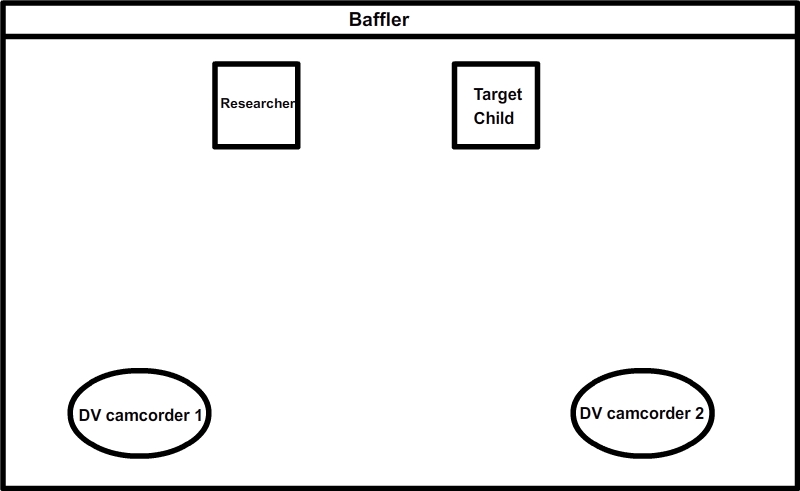
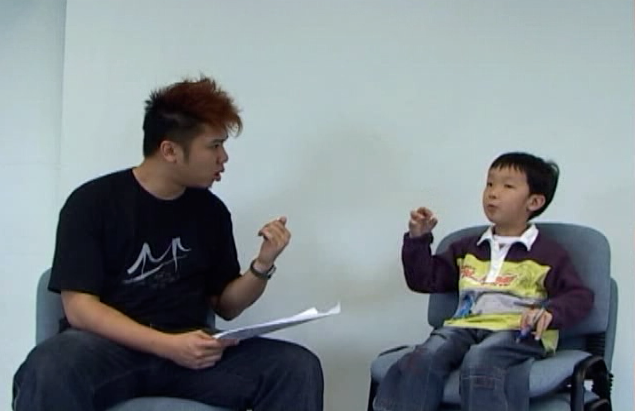
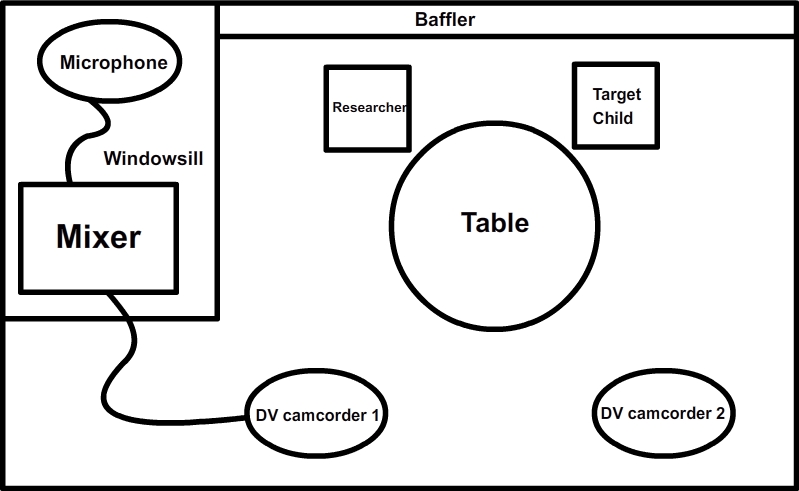
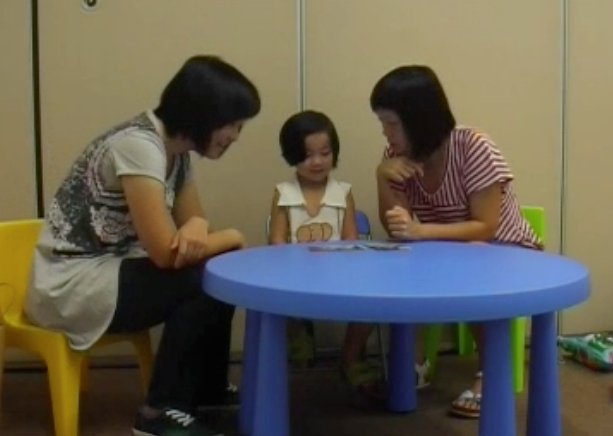
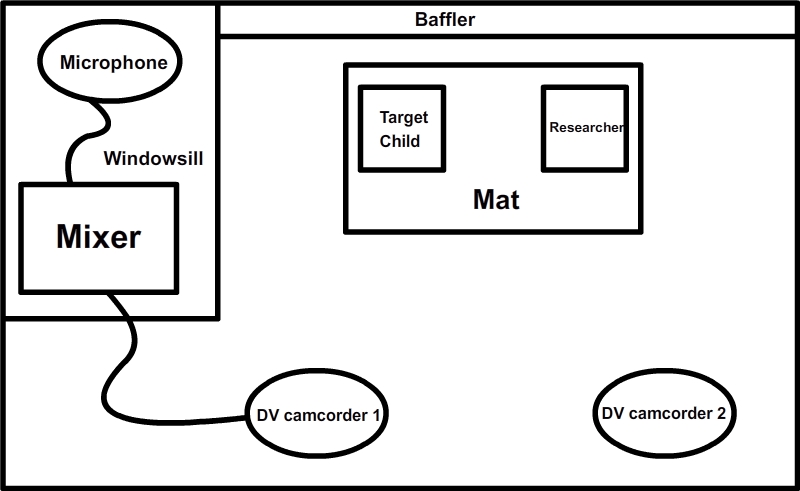
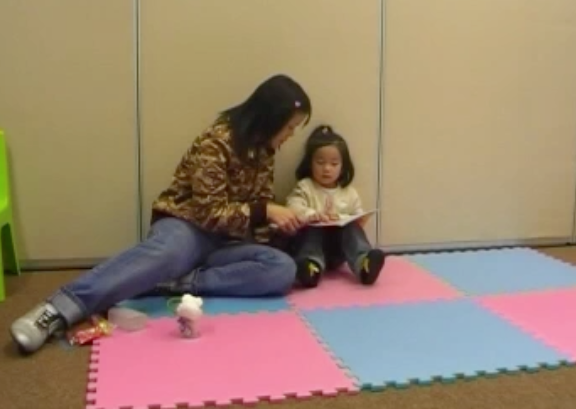
Before video recording:
- Ensure that the recording equipment is in good condition in order to minimise the chance of malfunctions during the recording session
- Set up all of the recording equipment before the child arrives, and ensure that all the wires are fixed with adhesive tape to prevent accidents
- Ensure that there is adequate lighting at the recording site. All curtains in the room should be drawn, as lighting is of enormous importance in the process of sign language data collection; too dull or too bright an environment would affect the visibility of signs and thus affect the transcription accuracy
After video recording:
- Take note of the recording situation (e.g. the child cries, technical problems arise, the recording is paused, etc.) and remind transcribers of these special situations, which may have occurred during recordings
- Make a record of all of the materials (e.g. toys) used during the recording. Both HKSL and Cantonese allow null arguments and HKSL signers use classifier predicates in which the subjects are opaque, so taking record of the materials used can facilitate the process of data transcription
- Immediately transfer the files to a computer and make back-up copies
